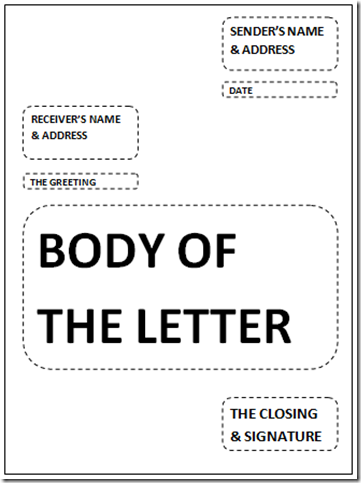How to fix sentence fragments
A sentence fragment is an incomplete sentence . Some fragments are incomplete because they lack either a subject or a verb, or both. The fragments that most students have trouble with, however, are dependent clauses —they have a subject and a verb, so they look like complete sentences, but they don’t express a complete thought. They’re called “dependent” because they can’t stand on their own (just like some people you might know who are SO dependent!). Look at these dependent clauses. They’re just begging for more information to make the thoughts complete: Because his car was in the shop (…What did he do?) After the rain stops (…What then?) When you finally take the test (…What will happen?) Since you asked (…Will you get the answer?) If you want to go with me (…What should you do?) Does each of these examples have a subject? Yes. Does each have a verb? Yes. So what makes the thought incomplete? It’s the first word ( Because, After, When, Since, If ). These words belong
